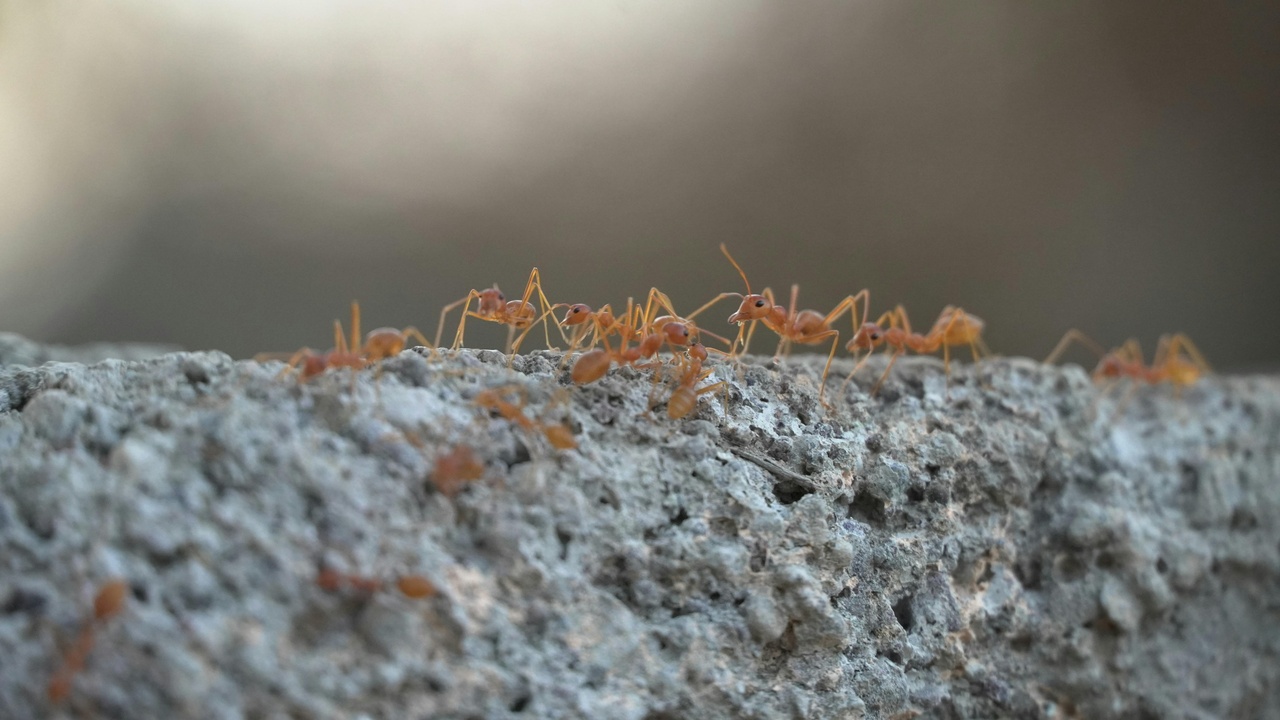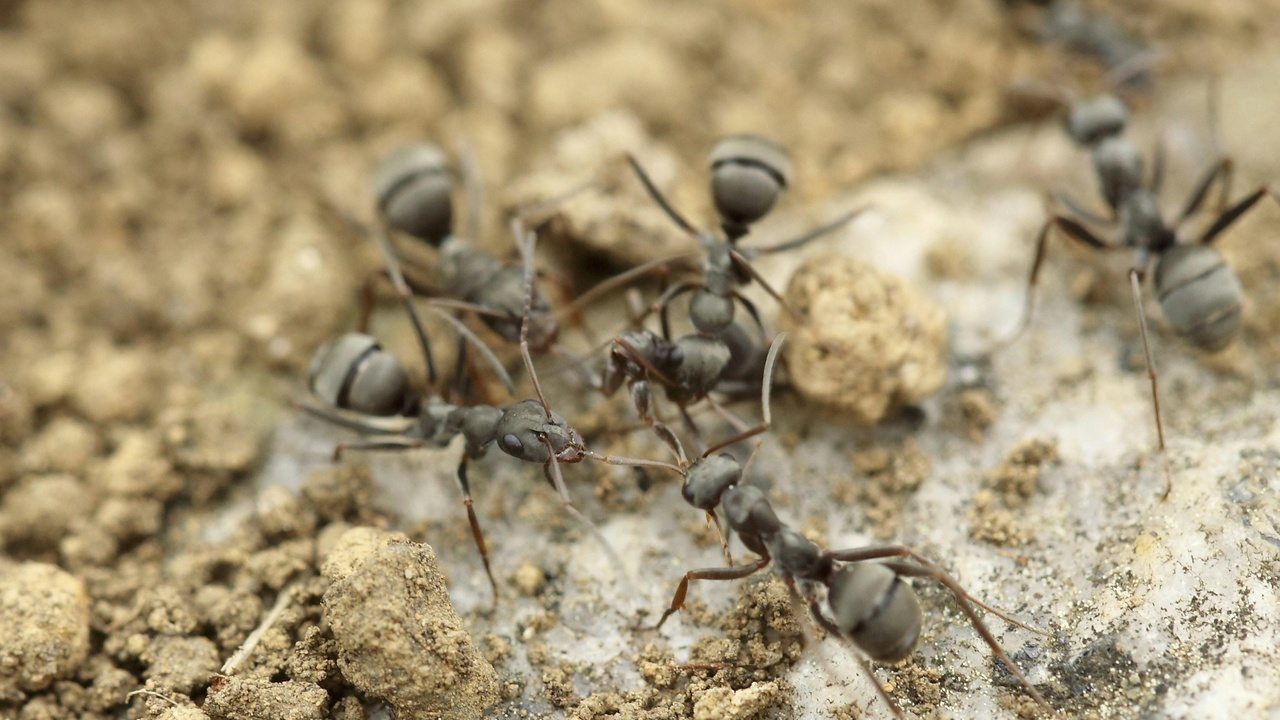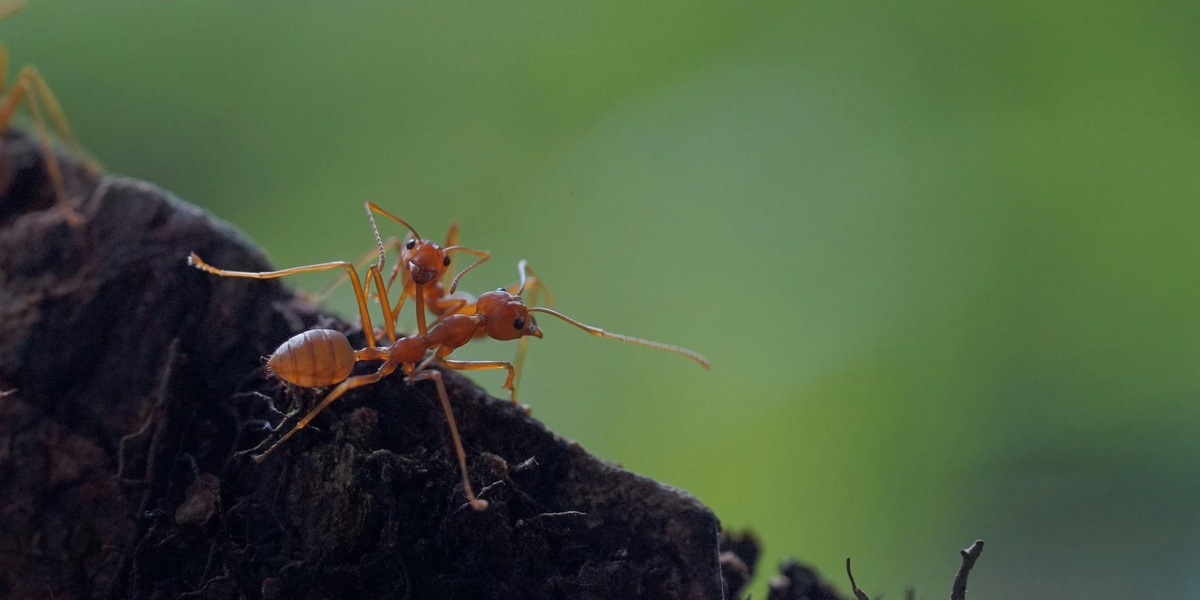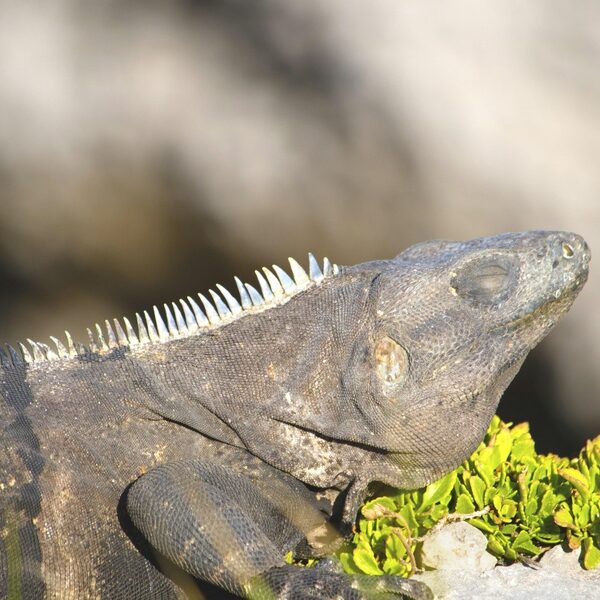More than 12,000 described ant species exist worldwide, and their combined ecological presence is so large that entomologists sometimes compare ant biomass to that of humans.
That scale matters because a handful of ants shape soils, spread seeds, prey on harmful insects, and—when introduced outside their native ranges—can cost agriculture and infrastructure dearly. People also encounter ants in hospitals, orchards, and homes, so knowing which species do what helps with conservation, pest management, and public health planning; invasions like the fire ant arrival in the United States in the 1930s show how rapidly impacts can grow.
These ten ant species were selected for their outsized ecological roles, direct effects on people and property, and value to scientific research. The profiles that follow spotlight ecological engineers, pestiferous invaders, and model organisms that have informed studies in behavior, biomechanics, and invasion genetics.
Read on for concise, evidence-backed portraits of each species, with concrete numbers where possible and notes on practical implications for farmers, homeowners, and curious naturalists.
Ecological Engineers and Keystone Ants

Some ants act as ecosystem-shapers: they turn soil, disperse seeds, farm fungi, and regulate invertebrate populations. Ecological engineering by ants changes nutrient cycling and physical habitat structure, often at scales measurable by field studies. For example, research published in Ecology has quantified how leaf-processing by fungus-farming ants alters understory vegetation and soil composition in Neotropical forests.
When scientists report numbers—colony sizes, foraging radii, or percent leaf-litter processed—they show how a single species can drive community dynamics. Below are three keystone or ecosystem-shaping ants whose behavior and biomass make them integral players in tropical and temperate systems.
1. Leafcutter ants (Atta spp.): Fungus farmers and landscape shapers
Leafcutter ants cultivate fungus on harvested plant material, transforming vegetation into fungal food and nutrient-rich refuse that alters soil properties. Colonies of Atta can reach hundreds of thousands to several million workers, and large nests may harvest hundreds of kilograms of fresh leaf material per year.
Field studies in tropical ecology document Atta cephalotes fungus gardens and estimate that some colonies process a significant fraction of local leaf-fall, accelerating nutrient cycling and aerating the soil through mound-building and tunnel networks.
Besides ecological function, leafcutter systems offer insights into cooperative agriculture and pest-management: their fungus-farming mutualism is a model for studying symbiosis, resource allocation, and biological control strategies in agroecosystems.
2. Army ants (Eciton spp. and relatives): Mobile predators that restructure communities
Army ants form vast, mobile raiding columns that sweep through forest floors, flushing prey and triggering short-term shifts in local species distributions. A column of Eciton burchellii may contain tens of thousands of individuals and produce a raid front that spans meters to tens of meters as it advances.
Researchers have documented cascading effects: arthropods and small vertebrates flee or are captured, and secondary scavengers follow the moving buffet. Natural history footage (e.g., documentary sequences of swarm raids) and field studies illustrate how these ants reorganize local food webs.
Army-ant collective movement has also inspired swarm-robotics and collective-behavior research, offering a biological template for distributed sensing and coordinated search algorithms.
3. Weaver ants (Oecophylla smaragdina): Arboreal architects and biological pest controllers
Weaver ants build silk-bound leaf nests in the canopy and can dramatically reduce insect pest loads on tree crops. Studies in Southeast Asia report pest reductions of up to 50–70% on citrus and cashew trees when Oecophylla colonies are present, with accompanying increases in yield in some trials.
Because they patrol foliage and aggressively remove herbivores, growers have used weaver ants as part of integrated pest management for generations. Extension services and agricultural researchers cite Oecophylla smaragdina as a low-chemical alternative that can lower pesticide use while maintaining crop quality.
Their nest-building behavior—larvae produce silk to stitch leaves together—also fascinates behavioral ecologists studying cooperative construction and division of labor.
Ants That Directly Affect People and Property

Certain ants intersect with human health, agriculture, and buildings in ways that demand attention. Invasive ants can alter crops and native fauna, stinging species pose medical risks, and wood-nesting ants create structural hazards. Understanding invasion timelines, distribution, and humane control options helps managers and homeowners prioritize responses and reduce collateral ecological harm.
Below are three species commonly involved in human–ant conflict, with dates and economic estimates where available and a reminder to prefer targeted, ecologically aware management over indiscriminate sprays.
4. Fire ants (Solenopsis invicta): Painful stings and major invasions
Fire ants deliver painful stings, damage crops, and have required extensive control efforts where they’ve spread. Solenopsis invicta was introduced to the United States in the 1930s and expanded widely across the South in the following decades.
Economic impact estimates (USDA and peer-reviewed assessments) place annual costs—from livestock and crop losses to control efforts and infrastructure damage—in the low billions of dollars in the U.S.; one commonly cited figure is roughly $6 billion per year.
Management combines chemical baits, habitat modification, and biological control research (for example, phorid fly parasitoids). Integrated programs that combine monitoring, targeted baits, and public education minimize non-target effects while reducing fire-ant populations.
5. Carpenter ants (Camponotus spp.): Structural pests with large colonies
Carpenter ants excavate wood to build galleries and can cause notable structural damage when they nest in damp or decaying timber. Species such as Camponotus pennsylvanicus form colonies of several thousand to tens of thousands of workers.
Signs homeowners should watch for include rustling in walls, sawdust-like frass near baseboards, and active foraging trails at night. Repair costs vary with damage severity but commonly range from a few hundred to several thousand dollars for localized repairs; extensive structural work can be far higher.
Prevention focuses on moisture control, removing wood-to-soil contact, trimming branches away from structures, and targeted baiting. Extension services recommend inspections and non-volatile baits rather than broad-spectrum sprays that harm beneficial insects.
6. Pharaoh ants (Monomorium pharaonis): Tiny invaders in hospitals and homes
Pharaoh ants are tiny (about 1.5–2.2 millimeters) and thrive in heated buildings, making hospitals and food facilities especially vulnerable. Colonies often contain multiple queens and can fragment by “budding,” which spreads infestation when disturbed by inappropriate insecticide use.
Because budding produces many small satellite nests, standard knockdown sprays can worsen the problem. Pest-management protocols advise careful baiting strategies and sanitation measures; documented hospital outbreaks date back to the mid-20th century and continue to challenge infection-control teams.
Control specialists recommend integrated approaches: exclusion, hygiene, monitoring, and gel baits placed to target foragers while avoiding colony fragmentation.
Remarkable Adaptations and Species Used in Research

Some ant species have become model organisms because they reveal general principles of social behavior, invasion dynamics, or biomechanics. Research ant species contribute findings that translate to robotics, neurobiology, and even pharmacology.
Below are four species that have yielded measurable discoveries—strike speeds quantified in microseconds, supercolonies mapped over vast areas, and ethnobiological notes on human use of repletes.
7. Argentine ants (Linepithema humile): Supercolonies and invasion biology
Argentine ants often form massive supercolonies in introduced ranges, exhibiting little intraspecific aggression and displacing native ants. Populations established in California and the Mediterranean expanded during the 20th century; studies by Tsutsui and colleagues (Science, 2000) used genetic analyses to link reduced variation with invasive success.
Well-documented supercolonies can span hundreds of kilometers in some regions, creating near-continuous introduced populations that alter local arthropod communities. Work on Linepithema humile continues to inform urban-ecology and invasion-genetics research.
8. Honeypot ants (Myrmecocystus spp.): Living larders and cultural uses
In arid parts of North America, Myrmecocystus species include “replete” workers that swell with stored liquid, acting as living food reserves. Colonies may maintain dozens to hundreds of repletes to buffer against seasonal scarcity.
Some Indigenous peoples historically consumed repletes as a sweet emergency food, a cultural interaction documented in ethnographic records. Ecologically, repletion is an elegant physiological adaptation to desert life and has been the subject of field observations quantifying replete numbers and storage capacity.
9. Bulldog ants (Myrmecia spp.): Vision, venom, and behavioral studies
Bulldog ants are large (workers often 15–40 millimeters) and rely heavily on vision for hunting. Their potent venom can cause severe allergic reactions in some people, and clinical studies have explored Myrmecia stings as anaphylaxis risk in Australia.
Behavioral and neurobiological research has used Myrmecia to study vision-guided predation and sensory integration. Work spanning the 1990s and 2000s characterized visual acuity and venom components, informing both toxinology and allergy medicine.
10. Trap-jaw ants (Odontomachus spp.): High-speed strikes and biomechanics insights
Trap-jaw ants snap their mandibles with extreme speed; biomechanics studies (for example, Patek and colleagues) measured mandible closures on the order of 100–200 microseconds in some species. The power-amplified mechanism provides a model for rapid-actuation systems.
High-speed videography and force measurements have inspired robotics research aimed at reproducing fast-release mechanisms for gripping and small-scale propulsion. Odontomachus bauri and related species remain a rich subject for lab-based study of speed, control, and material constraints.
Summary
Ants punch above their weight: a small set of species reveal how social insects engineer ecosystems, challenge human enterprises, and drive scientific discovery.
- Ants act as ecosystem engineers—leafcutters, army ants, and weaver ants alter soils, vegetation, and predator–prey dynamics in measurable ways.
- A few species cause major human impacts: fire ants, carpenter ants, and pharaoh ants create public‑health, economic, and structural challenges that need targeted, ecologically informed responses.
- Model ant species—Argentine ants, trap‑jaw ants, and Myrmecia—have yielded transferable insights in invasion genetics, rapid‑actuation biomechanics, and neurobiology.
- Practical next steps: observe local ant activity, support citizen science ant surveys, and consult museum or university collections and extension services for identification and management guidance.
If you want to learn more, consider joining local ant surveys or consulting university extension pages and museum collections to compare specimens and distribution records.





